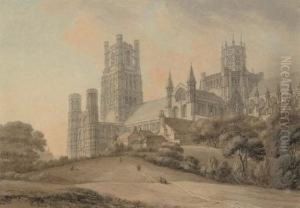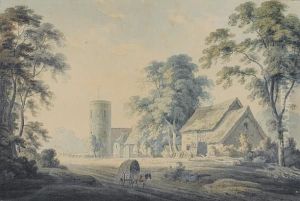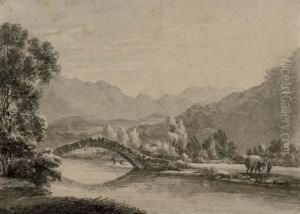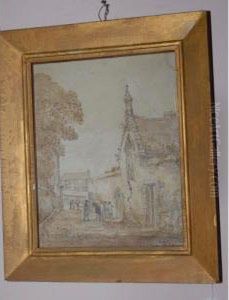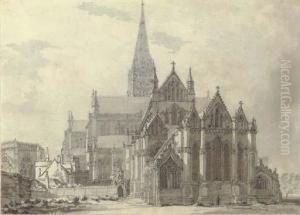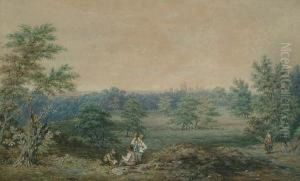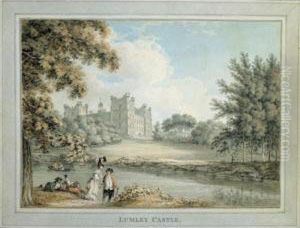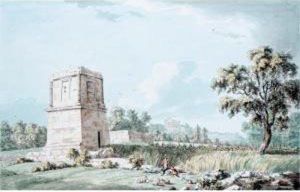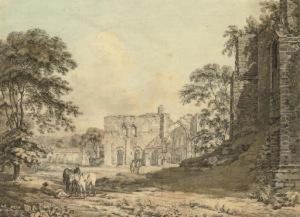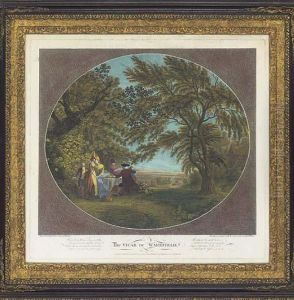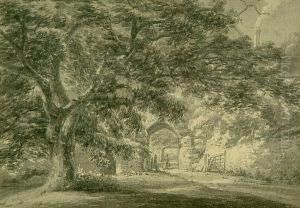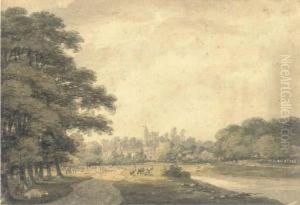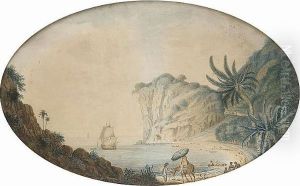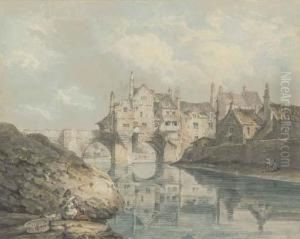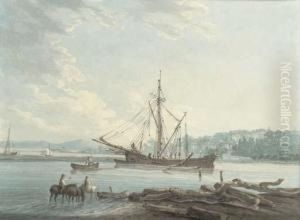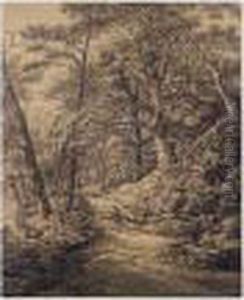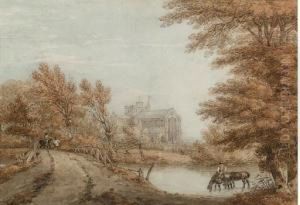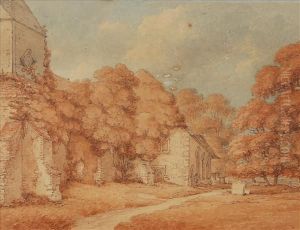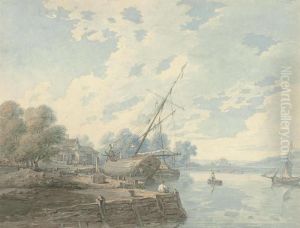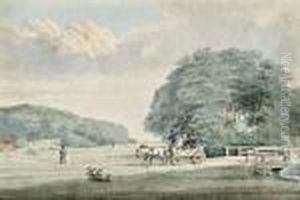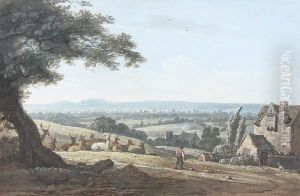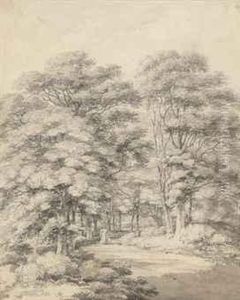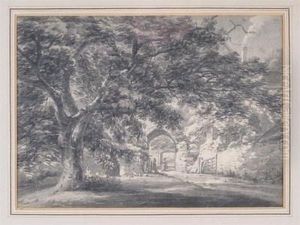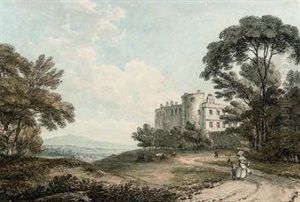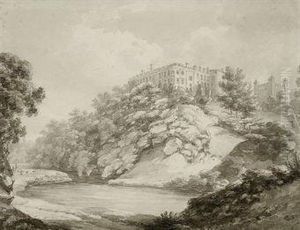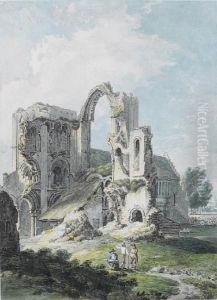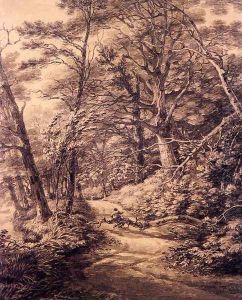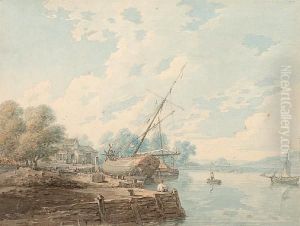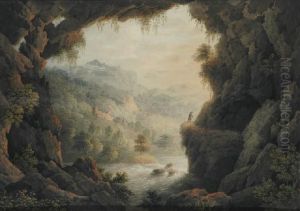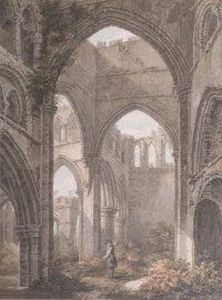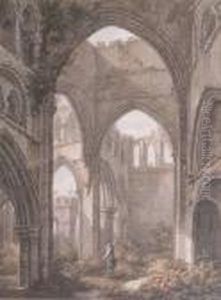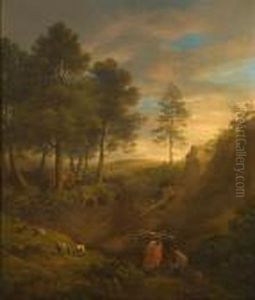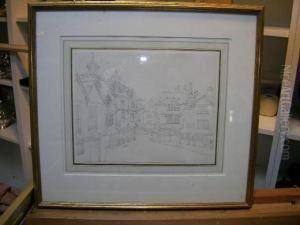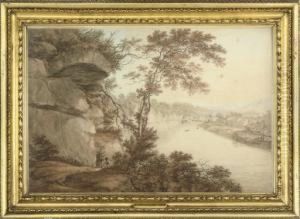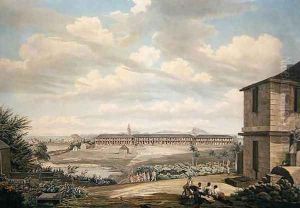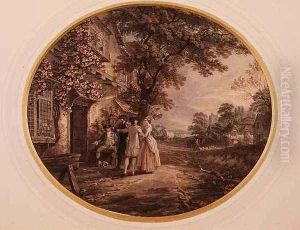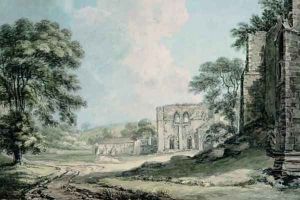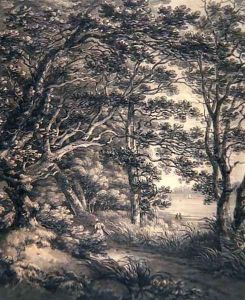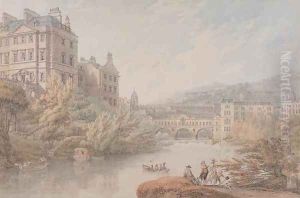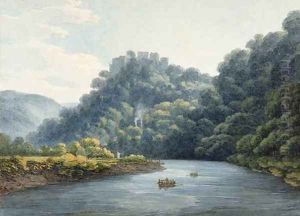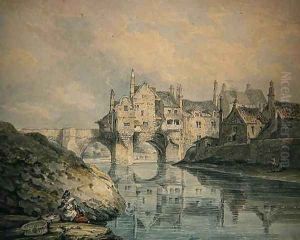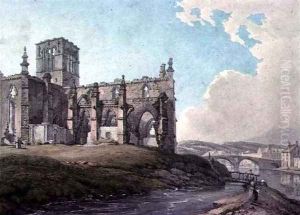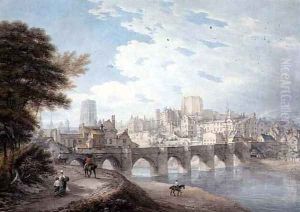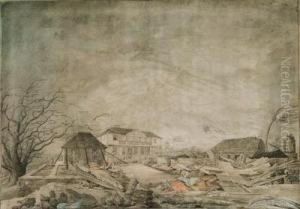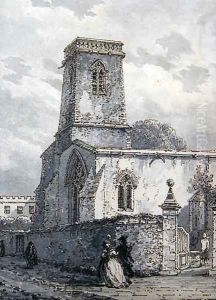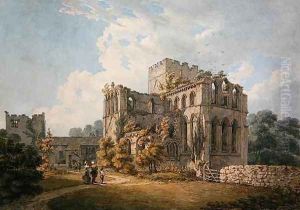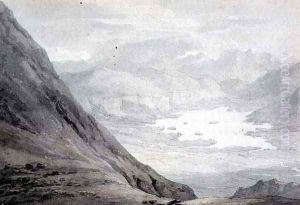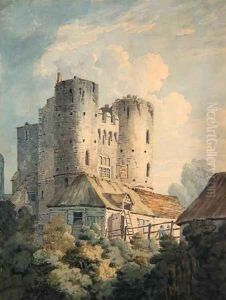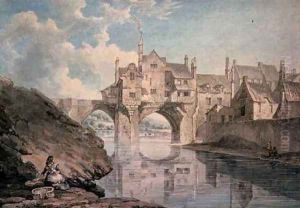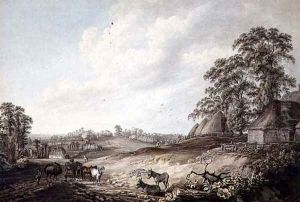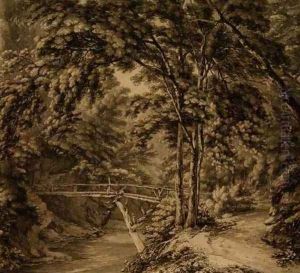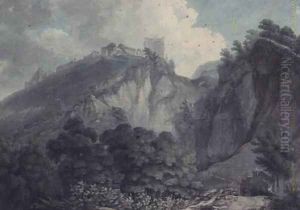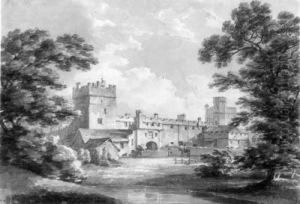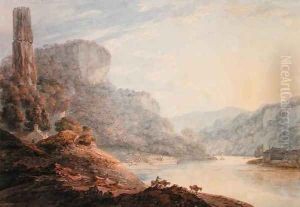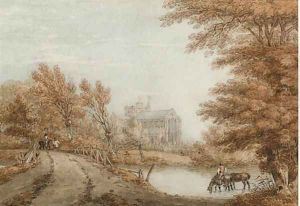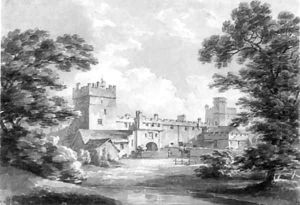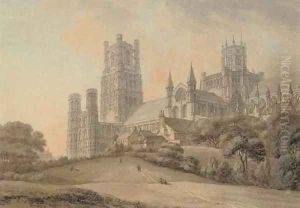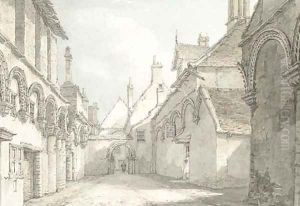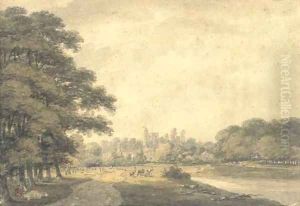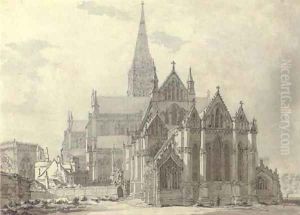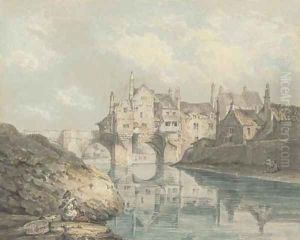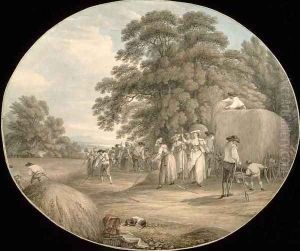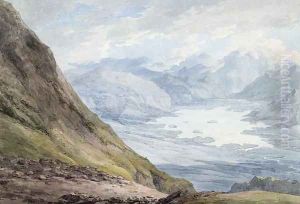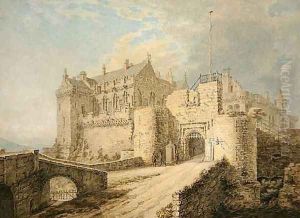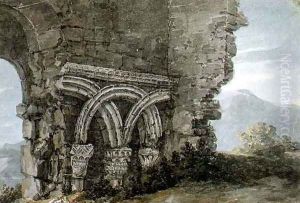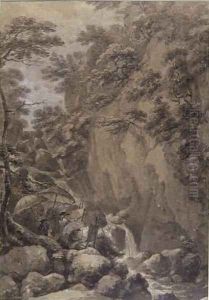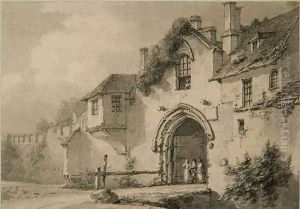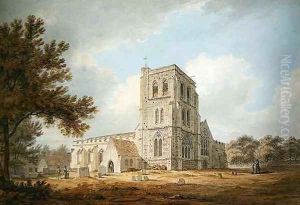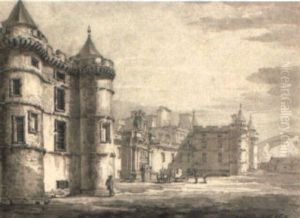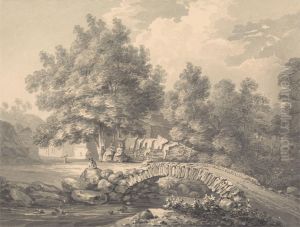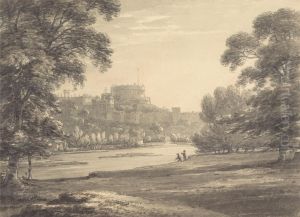Thomas Hearne Paintings
Thomas Hearne was an English landscape painter, engraver, and illustrator, known for his picturesque watercolours and drawings of the British countryside and antiquarian subjects. Born in Brinkley, Oxfordshire, in 1744, Hearne developed an interest in art at a young age. He received his initial training from his uncle, who was a parish clerk and part-time art teacher. Hearne’s talent was evident early on, and by the age of 17, he moved to London to further his career.
In London, Hearne became an apprentice to the engraver William Woollett, which proved to be a valuable experience in honing his technical skills. His work caught the attention of antiquarians and collectors, which led to a series of commissioned works illustrating historical sites and landscapes. Hearne traveled extensively throughout Britain to fulfill these commissions, producing a vast number of sketches and watercolours that were praised for their accuracy and attention to detail.
Hearne's interest in antiquities and the picturesque movement influenced his style. He often collaborated with other artists, most notably Sir Richard Colt Hoare, with whom he worked on the publication 'The Antiquities of Great Britain'. His works were regularly exhibited at the Royal Academy between 1775 and 1817, and he was often employed by the Beaufort family, among other notable patrons.
Despite his success as an illustrator, Hearne sought to be recognized for his watercolours, which he felt were more expressive of his artistic capabilities. He became friends with artist Paul Sandby, who was also a pioneer in watercolour technique, and their mutual influence was beneficial to both. Hearne’s landscapes were characterized by their delicate draughtsmanship, subtle colouring, and serene compositions, which contributed to the development of the watercolour medium in England.
Thomas Hearne's contributions to the art world, particularly to the practice and acceptance of watercolour as a serious artistic medium, were significant. His works are held in various institutions and collections, including the British Museum and the Victoria and Albert Museum. He passed away on June 13, 1817, in London, leaving behind a legacy that would influence future generations of British landscape artists.
![Circle Of. [view In The Leeward Islands]](https://www.niceartgallery.com/imgs/1364039/s/thomas-hearne-circle-of-view-in-the-leeward-islands-27a64a11.jpg)
